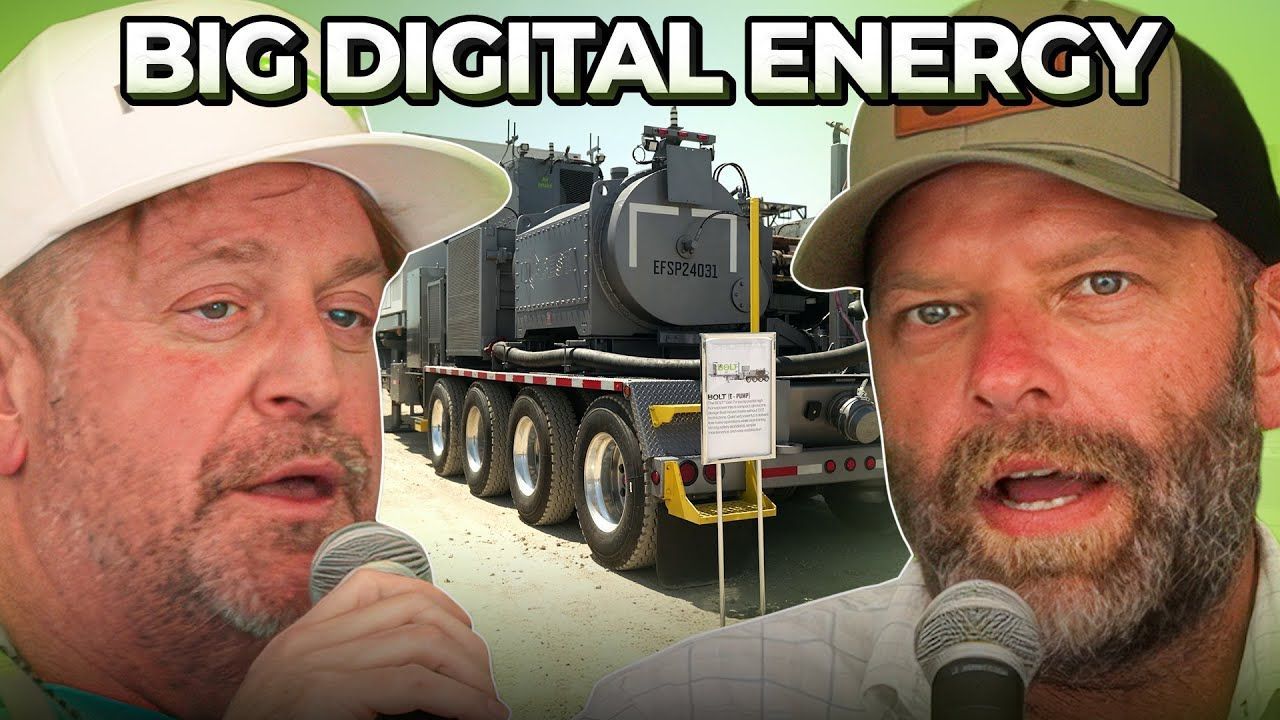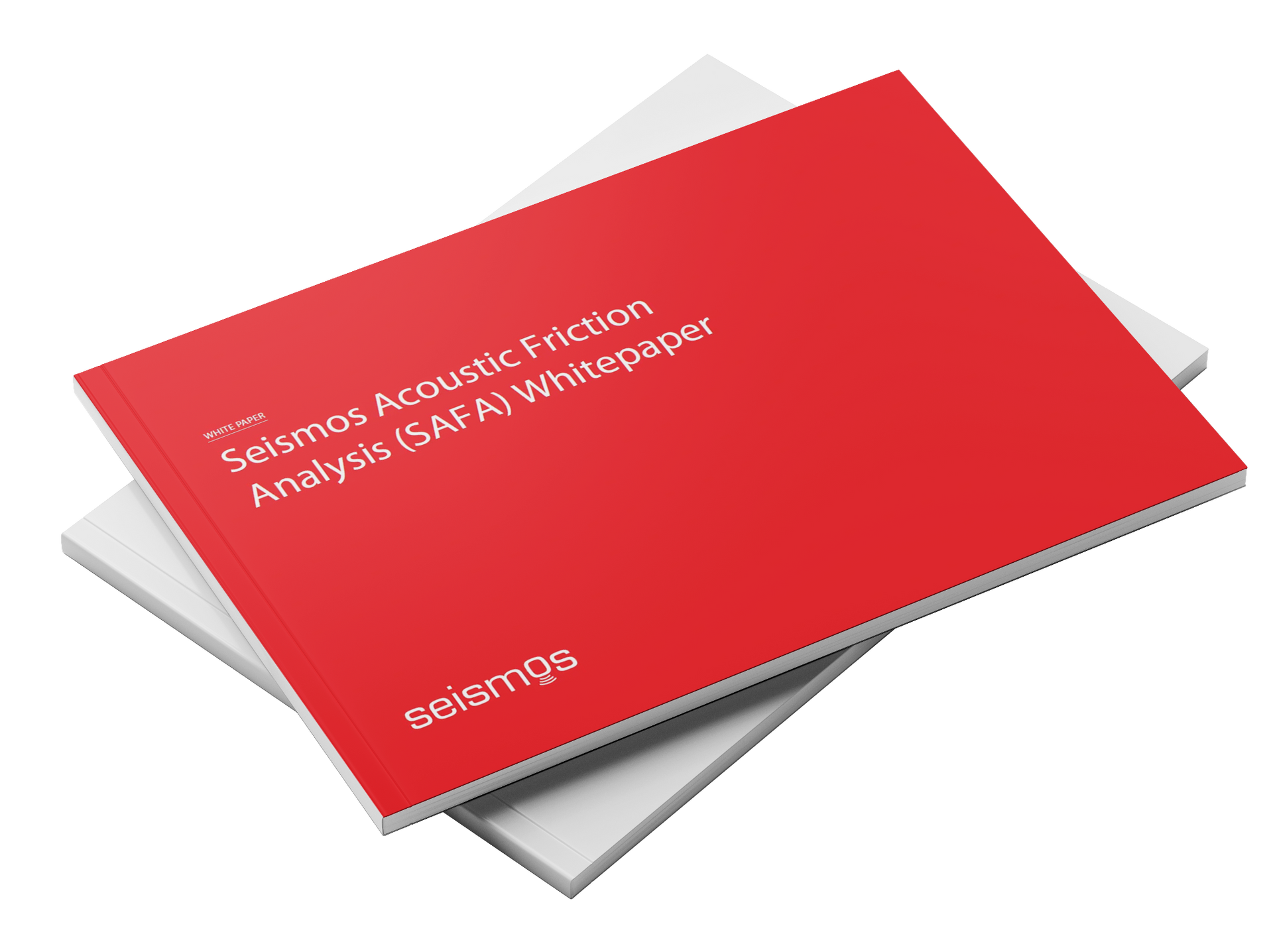Dale Logan, C&J Energy Services and Panos Adamopoulos, Seismos, USA, examine a combination of new technologies designed to optimize horizontal completions.
The process of optimizing a horizontal completion is typically a series of T trial-and-error adjustments designed to improve well productivity. As changes to the treatment schedule and/or perforation scheme are implemented, the effectiveness is judged by comparing the production of the new well to the production of offset wells. However, most operators agree that this optimization process could benefit significantly from additional feedback. For instance, when there is an observed difference in production between the new well and neighboring wells, is it caused by variations at every stage - or is it just a few stages that are underperforming or overperforming? It would also be valuable to be able to differentiate between productivity variations that result from changes in the completion design versus changes due to heterogeneity in the geological facies along the lateral.
There are several commercial technologies in the market that attempt to address
these questions. A few examples include hydraulic frac monitoring using microseismic, production logging and tracer logs. While these techniques have been used successfully in some instances, none have proven valuable enough to be universally accepted. The biggest challenge is that they are difficult to deploy and require a lot of planning on the part of the operator. And, because difficult deployment translates to increased expenses, most operators are willing to consider using these technologies only if they are foolproof, easy to use and provide complete diagnostic insight. Unfortunately, this is not the case with any of them, so they are relegated to exist as niche players within the shale industry.
Simple deployment delivers sophisticated data
The new Seismos-Frac™ service targets this shortcoming with a simple, noninvasive method that delivers a direct, comprehensive measurement of fracture-network properties. Seismos' approach uses a combination of ambient noise and induced, tube-wave pressure pulses to investigate the hydraulic fracture network. The measurements delivered include frac geometry (width, height and half-length), as well as near-and far-field characterizations of fracture network complexity, fracture conductivity and proppant placement. These results are produced on a stage-by-stage basis in near-real time, normally within 10 minutes of the completion of pumping. This enables the operator to review the measurements, assess the performance of a given stage and then use any learnings on successive stages.
The service is relatively affordable because it uses a straightforward installation process that is virtually plug and play. A pair of pressure transducers is installed at surface, which can typically be done in less than an hour. During the completion process, ambient noise is analyzed, and pressure pulses are sent down the fluid column to investigate the perf clusters - both before and after fracturing operations. This can be done without any interruption to the on-location completions team. As a result, this technology is particularly well suited to the industrialized environment of today's shale industry.
Collaboration is key
Seismos-Frac technology has been available in the field since 2017 and has been deployed on roughly ll0 wells to date. Early evaluations show that variability in frac geometry and conductivity from stage to stage is not only common, it is often the norm. The two most frequent causes for these variations are changes in the treatment schedule and changes in the rock properties along the horizontal well bore. To isolate the two sources of variability, Seismos encourages operators to use the Seismos-Frac service alongside C&J Energy Services' Lateral Science method. This method uses existing drilling data to evaluate changes in rock mechanics along the lateral. As with the Seismos-Frac service, the LateralScience method is delivered in an affordable, noninvasive manner, which makes the tandem technologies a natural fit into any completion workflow.
Quantitative data tells the story
In a recent well, this collaborative approach was put to the test. In part one of the test, a group of seven stages was completed using 57% less proppant and 38% less slurry than a comparable group of stages with similar rock properties (as indicated by the LateralScience facies). For the subject test group, the Seismos-Frac geometric results indicated 35% less half-length, exactly the same height and slightly higher frac width. Qualitatively, these results make perfect sense - and, since the goal was to achieve a shorter half-length (to avoid frac hits), the operator was pleased.
In part two of the test, a group of 16 stages drilled in lower-strength rock was compared to a group of eight stages drilled in higher-strength rock. The treatment schedule and completion design were held constant between the two groups. In this scenario, the lower-strength rock delivered half-lengths that were 24% longer, accompanied by far-field fracture conductivity that was 30% lower than in the higher-strength rock. Once again, this result is consistent with a lower-strength interval creating more planar fractures that extend farther from the wellbore, which distributes the proppant across a larger area and therefore produces a lower average conductivity index. Qualitatively, this is consistent with Nolte plot interpretations made on previous wells, and a quantitative value can now be assigned to the impact observed.
Better information delivers better value
The value of Seismos-Frac measurements is obvious to experts in the completion engineering domain, and this value goes well beyond optimizing the completion design. The principle applications that operators have identified as most valuable include the following:
Well-to-well optimization
New field development
This application can be extremely valuable when an operator is moving into a new area and trying to determine what works and what does not. It can provide clarity on what the fracture system looks like and what well spacing might be most appropriate. It can also provide insight into understanding correlations between stimulation designs, geology and fracture-network properties.
Sensitivity studies
Seismos-Frac measurements can also quantify how sensitive the completion is to any changes implemented in the treatment schedule. It is not unusual for operators to experiment with changes in slurry volumes, pump rates, prop pant concentrations, chemical additives, etc. Real time, quantitative feedback on how these changes impact fracture geometry and fracture-network properties affords the operator greater insight to help decide whether to adopt a new completion approach. In addition to the real time value brought by sensitivity studies on a stage-by-stage basis, they are also useful after the fact to plan for the next well.
Stage-to-stage optimization (real time)
Completion optimization
When operating in well-understood areas, the value of these measurements is realized in real time, stage-by-stage completion optimization. The original treatment schedule assumes an anticipated geometry and set of fracture-network properties. The metrics that most completion engineers use to gauge fracturing performance are pounds of prop pant per lateral foot or barrels of treatment fluid per lateral foot. When wells perform outside of expectations, they presume it is related to these metrics or that it is due to poorly distributed proppant. By monitoring each stage, compliance can be assessed, and the treatment adjusted as needed. When adjustments are required, the monitoring also provides measurements to quantify the impact of each treatment change to the resulting fracture system.
Zipper fracs
When it is time to develop the field, most operators move to pad drilling and zipper fracs. The tighter well spacing introduces issues like potential interference between wells and even frac hits. In this case, understanding the frac height and half-length is critical to ensure compliance. This allows the operator to approach the completion aggressively while avoiding excessive frac length that could be detrimental to production.
Operational assurance
In some scenarios, the focus will be on operational efficiency. By monitoring treatments on the fly, an operator can detect issues - such as leaking plugs, hydraulic communication with previous stages or even screenouts - as they develop. Providing an additional tool to detect these events enables the operator to do a better job of reacting to them and ultimately in adjusting the approach to avoid them.
Delivering results
As discussed above, this service has the potential to change how the completion workflow is performed in the field. However, to transform this potential into tangible value, the plans put together at the head office must be well aligned with what is actually happening in the field. Experience has shown that there can be significant 'value leakage' at the field level if this is not properly addressed. This is the primary driver in the alliance formed between Seismos and C&J Energy Services.
Seismos believes value leakage can be minimized by aligning its Seismos-Frac offering with a service provider that is fully vested in the success of the service. It starts at the front lines, where C&J's frac engineers are trained to understand both LateralScience and Seismos-Frac technologies - as well as how the two complement each other. On-site engineers are fully briefed on both the overarching objectives of the survey and the expected results. It is very important that the person in charge of executing the job understands completely how each specific action will impact the success of the survey. While communication with the head office is important, communication between the frac van and the Seismos trailer is vital. When this is done seamlessly, the odds of success increase significantly.
Setting the stage for the next generation
As with any groundbreaking technology, growth and adoption follow a distinct life cycle ¬¬¬–– and these are still the very early days of the Seismos-Frac offering. While the service is being embraced by the industry, it is still in the evaluation phase as operators continue to test it and become comfortable with the results they are getting. Equipment and people are being added as quickly as practical to meet the demand. Pioneering technologies will enable the next generation of engineers to make better-informed decisions and ultimately deliver more oil and gas with ever-greater efficiency. The Seismos-Frac and LateralScience collaboration provides a preview of what that will look like.



